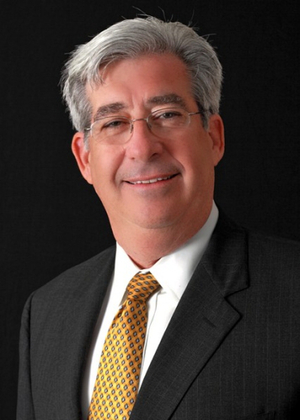On September 27, 2016, Foley & Mansfield attorneys Kevin O’Connor and Jaime Alvarez obtained a defense verdict in Martin County, Florida, on behalf of an emergency room doctor following an 11-day trial involving the alleged failure to diagnose timely Plaintiff’s ruptured cerebral aneurysm. Plaintiff sought over $5.4 million in damages. The co-defendant settled three weeks before trial.
Summary of the Case
The Plaintiff, a 41-year-old male, was transported to the emergency department at 11:59 p.m., having collapsed at home after experiencing a sudden, sharp pain in the back of his mouth following episodes of nausea and vomiting. The Plaintiff’s daughter relayed that Plaintiff had taken pain medication prior to the collapse to alleviate dental pain from a procedure he had undergone the previous day.
Shortly after his arrival at the emergency room, the ER nurse noted that Plaintiff was lethargic and complained of 10 out of 10 head pain. The Plaintiff’s daughter testified at trial that Plaintiff was writhing in pain, was confused, and was holding his head. Defendant’s ER notes included “accidental” or “intentional” overdose as a possible diagnosis.
At about 1:47 a.m., Defendant was informed by an ER nurse that Plaintiff had taken off his clothes and urinated on the floor. At 2:07 a.m., Defendant ordered a CT scan of the head. The results revealed a massive subarachnoid hemorrhage, likely due to a ruptured aneurysm. After receiving the results of the scan, Defendant immediately contacted the on-call neurosurgeon who advised that Plaintiff needed to be transferred to another facility for surgical coiling of the ruptured aneurysm, which could not be performed at the hospital.
Plaintiff was transferred to another facility, where he received a ventriculostmy to relieve his intracranial pressure, which was noted to be three times above normal. Plaintiff also underwent surgical coiling of the ruptured aneurysm.
At trial, Plaintiff argued that Defendant wrongfully delayed rendering medical care because Defendant believed Plaintiff was a “drug seeker,” and thus had waited more than two-hours before ordering a CT scan. To support this claim, Plaintiff showed the jury Defendant’s note listing accidental or intentional overdose as a possible diagnosis. Further, Plaintiff showed the jury the EMT report indicating that no pain medication had been found at Plaintiff’s home. Moreover, Plaintiff and his daughter testified that Plaintiff had only taken one aspirin prior to the collapse.
Plaintiff also argued that Defendant failed to render the appropriate medical care, including the ordering of the CT scan, because Defendant believed that Plaintiff was “uninsured.” During trial, the Court permitted Plaintiff to present to the jury the hospital’s billing statement – generated following Plaintiff’s release from the hospital – which indicated that Plaintiff was “uninsured” and owed more than $2.7 million in medical bills, despite Defendant’s objection that Plaintiff’s contention was inaccurate, and was highly inflammatory and unduly prejudicial.
The Outcome
The jury returned a verdict for the defense after Foley & Mansfield’s medical negligence team successfully argued that our client, the Defendant emergency room doctor, not only exceeded the acceptable standard of care, but also had in fact saved the Plaintiff’s life. This is the fourth defense verdict obtained by the medical negligence team in two-and-a-half years.
